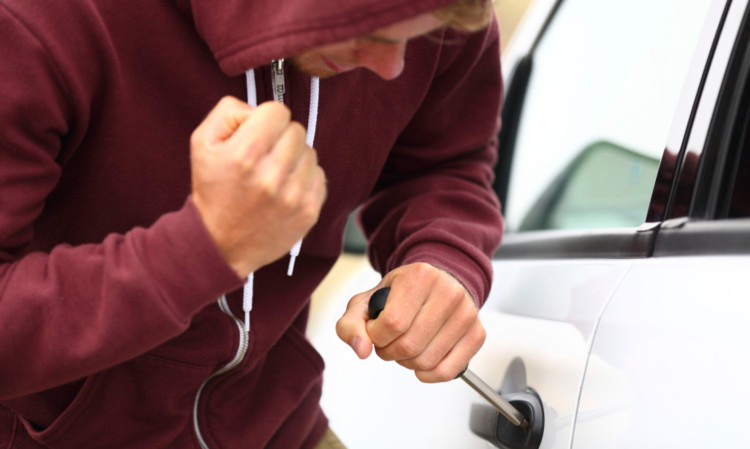Dundee’s reoffending rate is the highest in Scotland, with more than one in three criminals sentenced in the city picking up another conviction inside 12 months.
Across Scotland reconviction rates have dropped to a 14-year low.
Of the 44,126 people convicted of a crime in 2010-11, 28.4% were convicted of another offence in the next year.
But in Dundee, which has the highest imprisonment rate in the country, the reconviction rate is 38.3% down from 39.85% two years earlier but still higher than any other local authority area.
Stirling and Clackmannanshire have the second and third-highest reoffending rates 35.9% and 34.1% respectively.
Using a second method to measure reoffending rates the reconviction frequency rates the picture in Dundee looks even worse. This measures the average number of reconvictions for every 100 offenders over the year.
In Dundee this rate stands at 75.7 compared to a Scottish average of 50.2.
The figures reveal there has been a marked fall in the one-year reconviction rate for offenders under 21 since 1997-98, down from 42.4 to 34.1%.
The figures also show that community orders appear more effective than prison sentences in deterring convicts from reoffending.
They also show that offenders are less likely to reoffend if they are given other forms of punishment, rather than a short-term jail sentence.
The one-year reconviction rate for those sentenced to three months or less is 59.8%, compared to 31.6% for those given a community sentence.
Justice secretary Kenny MacAskill said: “The marked fall in reconvictions among all groups, but particularly people under 21, is testament to work done by our police, courts and other justice partners across Scotland to get offenders back on the straight and narrow and stop them from committing further crimes upon release.
“Prison is, and always will be, the right place for serious and dangerous offenders, but what all the evidence shows and what today’s statistics reinforce is that sending low-level offenders out to pay back the community through manual labour, backed by work to address the underlying issues fuelling the crime, is far more effective.”
The one-year conviction rate in Angus was 31.6%, 28.6% in Perth and Kinross and 27.1% in Fife.
However, the report published on Monday admits the true picture could be even worse as some offences may not be reported to the police, and the procurator fiscal may choose not to proceed with all cases.
Mid Scotland and Fife MSP Murdo Fraser said: “Reoffending is increasing in Tayside, Perth and Kinross and Stirling.
“I fully recognise and commend the professionalism and hard work of those working in the prison services but the Scottish Government must offer them more support.
“Prison must act as a deterrent to prevent reoffending but it must also provide adequate facilities to rehabilitate criminals and prevent future law-breaking it is currently failing in both these roles.”
Scottish Labour MSP Graeme Pearson said: “Any reduction in reoffending is welcome but attention and focus is needed to ensure that prisoners are given meaningful activity and that efforts to further reduce reoffending are properly coordinated and planned.”
Convictions include custodial and non-custodial disposals, such as fixed penalties.
